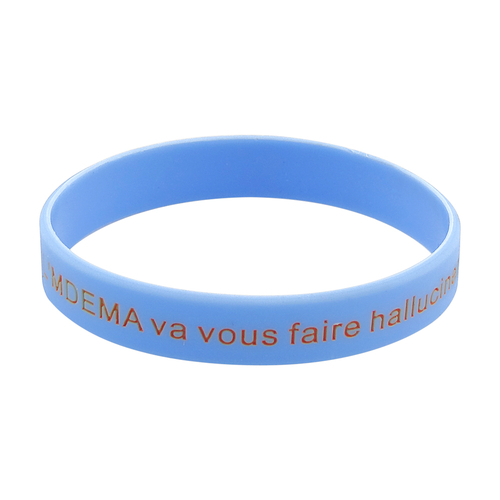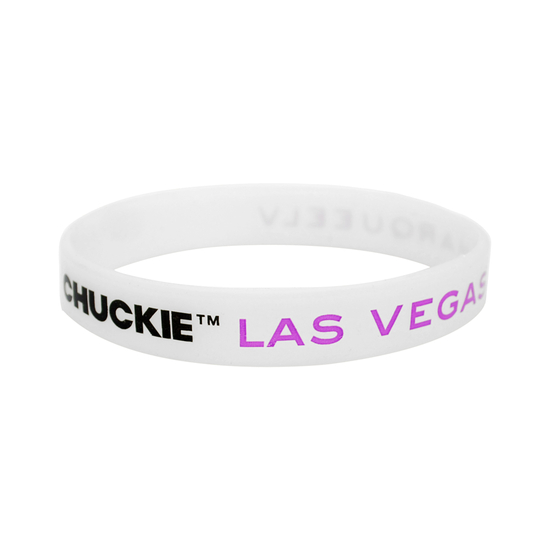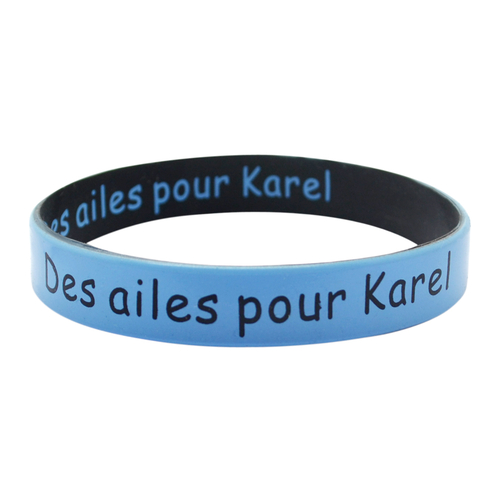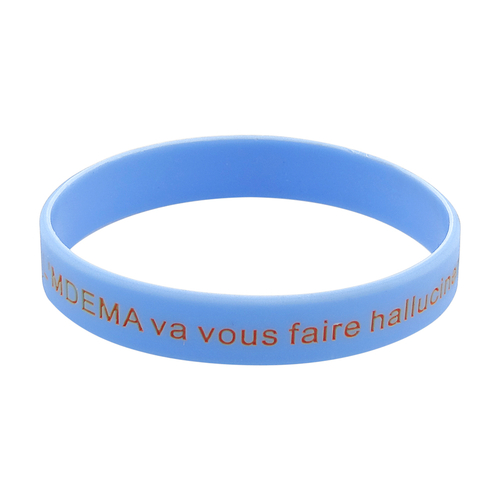
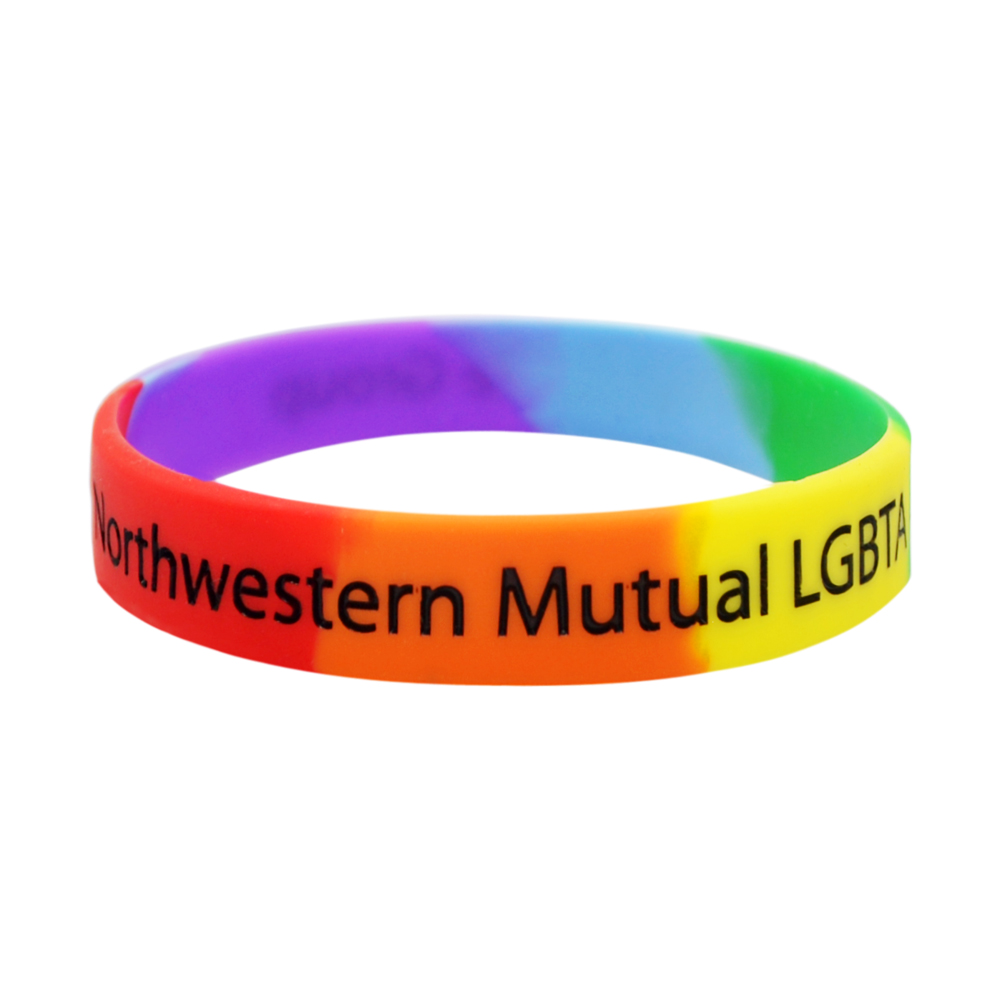
Silicone wristbands, often referred to as rubber bracelets, have become a ubiquitous part of popular culture. From fundraising campaigns to corporate giveaways and even personal style statements, these simple yet effective accessories carry both functional and symbolic meaning. The humble silicone wristband has evolved from being a mere fashion accessory to a tool for raising awareness, supporting causes, and creating strong connections among individuals. Whether you’ve worn one yourself or seen them worn by others, you might be curious about their purpose and significance. Let's take a deeper look into what silicone wristbands are used for and why they continue to be popular across the globe.
History of Rubber Bracelets: From Fashion Statement to Awareness Tool
The Material Behind the Bands: Why Silicone?
How Rubber Bracelets Raise Awareness for Causes
Silicone Wristbands in the Corporate World: Marketing and Branding
The Trend of Customization: Personalization of Rubber Bracelets
Rubber Bracelets as Fashion Accessories: A Staple of Style
Charity and Fundraising: The Role of Rubber Bracelets in Social Movements
Rubber Bracelets in Everyday Life: A Conversation Starter
The Future of Rubber Bracelets: Trends and Innovations
Rubber bracelets, or silicone wristbands, first gained mass attention in the early 2000s. The most iconic version, the Livestrong bracelet, created by cyclist Lance Armstrong in 2004, helped bring the concept of awareness bracelets into the mainstream. The yellow band was designed to raise funds and awareness for cancer research, particularly for Armstrong's fight against testicular cancer. What began as a simple bracelet with a meaningful cause quickly spread worldwide, prompting other organizations to follow suit by launching their own branded wristbands for causes like HIV/AIDS awareness, environmental protection, and more.
Beyond just being worn by athletes or celebrities, silicone wristbands became a symbol of solidarity, empowerment, and collective effort. Their widespread adoption proved that a small, affordable accessory could make a significant impact on global causes. The evolution of rubber bracelets from fashion accessories to powerful tools for social change has transformed how people view and use them today.
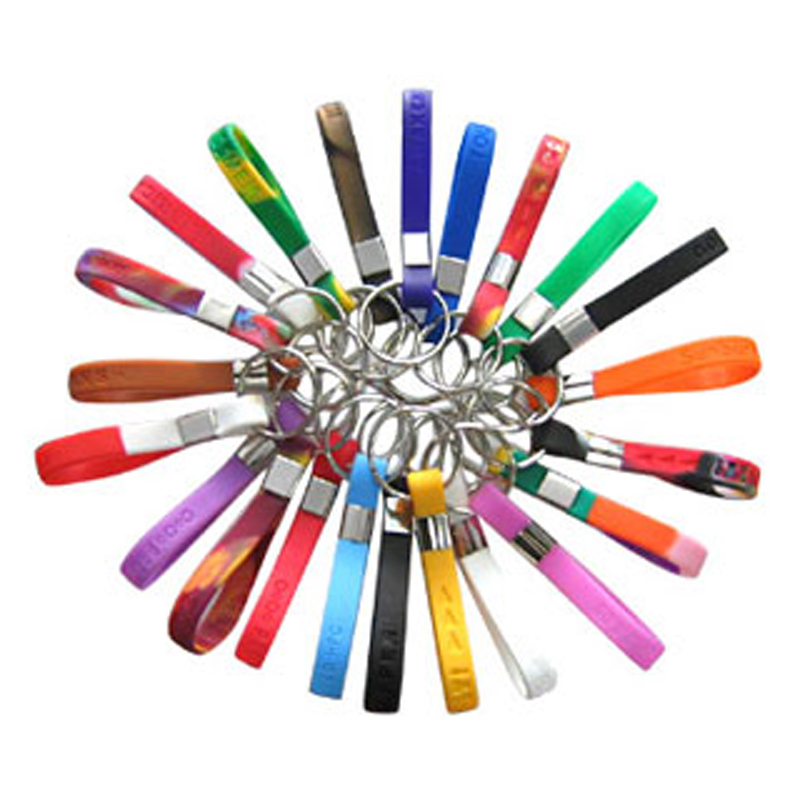
You may have wondered: why silicone? What makes it such a perfect material for these bracelets? The answer lies in silicone's durability, flexibility, and affordability. Unlike other materials that may break easily or wear down over time, silicone is resistant to stretching, fading, and cracking, making it an ideal choice for wristbands worn frequently. It is also hypoallergenic, which is important for ensuring that people with sensitive skin can wear these bracelets comfortably for extended periods.
Furthermore, silicone is relatively low-cost, allowing manufacturers to produce wristbands at an affordable price point, which has contributed to their widespread popularity. Whether used for personal fashion or as part of a charity campaign, silicone is both practical and versatile—perfect for mass production and global distribution.
One of the primary reasons silicone wristbands became so popular is their ability to raise awareness for important causes. From charity organizations to grassroots movements, these rubber bracelets offer a simple, effective way to show support for a cause without having to make a large financial commitment. The concept is simple: by wearing a wristband, individuals demonstrate their solidarity with a particular cause or group, making a statement that is both visible and meaningful.
Perhaps the most well-known example is the aforementioned Livestrong bracelet, which helped raise millions of dollars for cancer research. But since then, countless other movements have followed suit, including those advocating for issues such as mental health awareness, LGBTQ+ rights, and environmental sustainability. The simplicity of a wristband allows people from all walks of life to join a cause and show their support in a way that doesn’t require them to become overly involved or make significant sacrifices. In many ways, wearing a rubber bracelet has become a small, easy way to contribute to larger social efforts.
Silicone wristbands are not only popular with social movements and causes, but they also serve as effective marketing tools for businesses. Companies and brands often distribute these bracelets at events, conferences, or as promotional giveaways. A well-designed rubber bracelet with a company logo or slogan can serve as a low-cost, high-visibility form of advertising. Since the bands are durable and lightweight, they are easily worn on a daily basis, providing long-term exposure for the brand.
One of the advantages of using silicone wristbands in marketing is their ability to create a sense of community. When people wear branded bracelets, they become part of a larger group that shares common interests or goals. This sense of belonging can encourage brand loyalty and foster deeper connections between companies and their customers. Moreover, the act of wearing a wristband can create word-of-mouth marketing as others take notice and inquire about the brand or cause represented.
In recent years, customization has become a major trend in the world of silicone wristbands. People love the idea of personalizing their wristbands to reflect their unique identity, whether it's for a special event, a birthday, or a cause they are passionate about. With a range of options for colors, fonts, and designs, custom rubber bracelets allow individuals to create something truly special.
Businesses and organizations also benefit from this trend, as custom wristbands offer them a chance to market their products or causes in a more individualized way. For example, schools or sports teams may create custom wristbands with their team colors and logos to foster unity among members and fans. Personalization adds an extra layer of meaning to the wristband, making it not just a piece of rubber but a personal statement that carries emotional value.
While silicone wristbands started as a tool for spreading awareness, they have since become a staple in the world of fashion. Their minimalist design and vibrant colors make them a popular choice for accessorizing, whether worn alone or stacked with other bracelets. For many, these wristbands are seen as a way to express personality or style, and they can often be found in the fashion collections of celebrities, influencers, and everyday people alike.
In the world of fashion, trends often come and go, but rubber bracelets have remained relevant over the years due to their versatility and simplicity. Whether worn with casual outfits or paired with more formal attire, these wristbands add an extra touch of style without being too flashy. They are the perfect example of how something simple can be turned into a fashion statement.
Charity organizations have long used rubber bracelets as a way to fundraise for important causes. The concept is straightforward: individuals purchase a wristband, and the proceeds go toward supporting a specific charity or initiative. This model has proven to be successful for many organizations, as the wristbands serve as both a form of fundraising and a reminder of the cause.
In addition to raising funds, these bracelets help build a sense of solidarity among supporters. Wearing a bracelet becomes a tangible reminder that you are part of something larger, and the visibility of the bracelet encourages others to get involved as well. Whether it's supporting cancer research, disaster relief, or other charitable initiatives, rubber bracelets have become a crucial tool for spreading awareness and raising much-needed funds.
One of the unique aspects of silicone wristbands is their ability to serve as conversation starters. Whether you're wearing a band in support of a particular cause or just as a fashion accessory, it’s likely that someone will notice and ask about it. This provides an opportunity to share your personal story or connect with others who share similar interests or values.
In many ways, rubber bracelets are more than just accessories—they’re tools for connection. They break down barriers and foster dialogue among people who may otherwise never have met. For example, a simple wristband can initiate a conversation about mental health, environmental activism, or any number of topics that are important to both individuals. This connection is one of the most powerful aspects of silicone wristbands, turning them into more than just a piece of rubber but a meaningful symbol that can unite people across the globe.
The future of silicone wristbands is exciting, as new trends and innovations continue to emerge. With advances in technology, we may see more interactive wristbands that can be synced with mobile devices to provide real-time updates on charitable contributions or events. Additionally, environmental concerns may lead to the development of sustainable, eco-friendly wristbands made from biodegradable materials.
Customizable options are also likely to become more advanced, with better printing techniques and more personalized designs available. As wearable technology continues to rise in popularity, it’s possible that silicone wristbands will evolve to include smart features, offering a new dimension to this already versatile accessory.
Silicone wristbands have come a long way from their humble beginnings as a simple tool for raising awareness. Today, they are used for a variety of purposes, from supporting charitable causes to making fashion statements. These simple yet powerful accessories are deeply ingrained in our culture, serving as symbols of solidarity, activism, and personal expression. With their versatility, durability, and ability to foster connections, it’s clear that silicone wristbands will continue to play an important role in our lives for years to come. Whether you wear one to show support for a cause or simply as a fashion accessory, the impact of these little rubber bands is undeniable.
For references, please check the following sources:
Armstrong, L. (2004). The Livestrong Foundation.
McCaffrey, M. (2010). The Impact of Silicone Wristbands in Social Movements.
Smith, J. (2015). Marketing and Branding through Promotional Products.
Silicone wristbands are primarily made of silicone rubber, which is a durable, flexible, and hypoallergenic material. Silicone’s resistance to wear and tear, along with its flexibility, makes it an ideal choice for these popular accessories. Unlike traditional rubber, silicone does not lose its shape or color easily, ensuring long-lasting wear.
Silicone wristbands raise awareness by serving as a visible, wearable symbol of solidarity with a specific cause. People wear these wristbands to show support for charitable initiatives or social movements. The design often includes the cause's logo or message, and their visibility can spark conversations, making them powerful tools for spreading awareness and gathering support.
Yes! Silicone wristbands can be customized with a variety of colors, text, logos, and designs. Many companies and individuals choose to personalize wristbands for events, campaigns, or personal use. You can add any text, slogan, or artwork to make your bracelet unique to your needs.
Rubber bracelets are an effective marketing tool because they are cost-effective, durable, and highly visible. Companies often distribute them at events, conferences, or as promotional giveaways, turning the wristband into a walking advertisement. Their simplicity also allows for easy customization with a brand’s logo or message, fostering brand recognition and loyalty.
Yes, silicone wristbands are safe for people with sensitive skin. Unlike other materials, silicone is hypoallergenic, meaning it is unlikely to cause skin reactions. This makes silicone wristbands a great option for those who might have allergies to other types of rubber or plastic.
Silicone wristbands became synonymous with social movements starting in the early 2000s, particularly with the release of the Livestrong bracelet. The yellow wristband was used to raise awareness for cancer research, and its popularity sparked a trend where organizations began creating similar wristbands for other causes. This simplicity and affordability allowed anyone to participate and show support for various issues, making them a global symbol for activism.
Absolutely! While silicone wristbands are often seen in casual settings, they can be worn with formal attire as a minimalist fashion statement. Many people wear them to express personal beliefs, support for a cause, or simply as a subtle accessory. The key is choosing a simple design that complements your outfit without overpowering it.
While silicone is more eco-friendly than some other materials, it is still not biodegradable. However, due to its durability, silicone wristbands tend to have a longer lifespan compared to alternatives, which can reduce waste. Some companies are working to create sustainable alternatives, using biodegradable materials or offering recycling programs for used wristbands.
The future of silicone wristbands includes exciting innovations, such as customizable interactive wristbands that can sync with smartphones or smart devices to provide updates or real-time information. Additionally, we may see more eco-friendly versions made from sustainable materials. The growing trend of personalization and wearable technology means that silicone wristbands will continue to evolve, maintaining their relevance in both social and fashion contexts.
